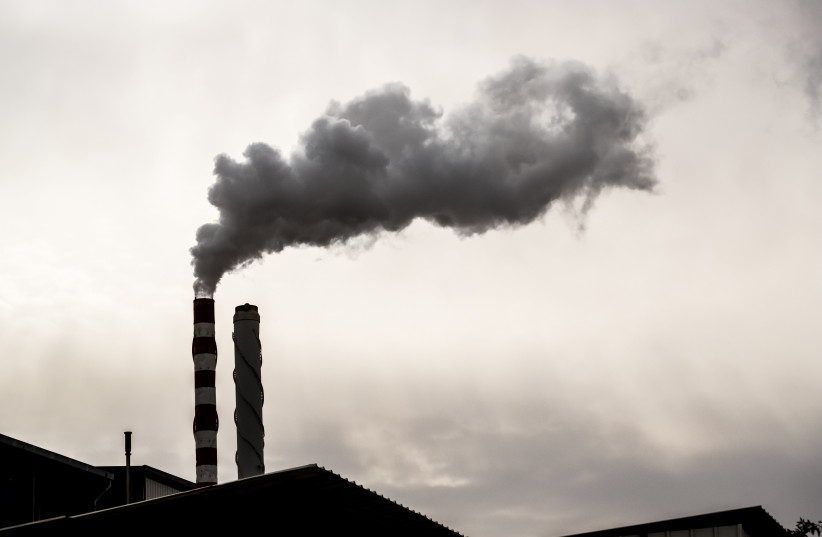Environmental factors including air pollution are highly predictive of the probability of death, specifically from stroke or heart attack, a new study found.
How was the study conducted?
The peer-reviewed study was conducted by researchers at New York University's (NYU) Grossman School of Medicine and the Icahn School of Medicine at Mount Sinai Hospital and published in the journal PLOS One.
The researchers collected data regarding individual and environmental risk factors for 50,045 people, most of whom were economically disadvantaged villagers in Iran's Golestan region, ranging from age 40-75 years in order to include people with increased rates of untransmittable diseases such as esophageal cancer.
A total of 80% of these people were from 326 rural villages with between 20 and 150 residents, while 20% were randomly selected from Gonbad City, a major urban area that has a population of about 130,000.
The researchers then analyzed data retrieved through December 2018 and created a model to determine the overall death risk and the risk of death from cardiovascular disease.
The study concluded that people who are exposed to higher-than-average levels of outdoor air pollution have a 20% higher risk of death, as well as a 17% higher risk of death from cardiovascular disease.
 Virtual image of human heart (credit: ING IMAGE/ASAP)
Virtual image of human heart (credit: ING IMAGE/ASAP)“Our findings help broaden the disease risk profile beyond age and traditional personal risk factors,” he said.
Dr. Rajesh Vedanthan, associate professor, Departments of Population Health and Medicine, NYU Langone Health
Household pollution risks
Furthermore, the study found that using wood or kerosene stoves for heat or cooling without ventilation through a chimney increased the risk of death by 23% and 9% and the risk of death from cardiovascular disease by 36% and 19%.
In comparison, the researchers found that other factors such as local population density, nighttime light, local socioeconomic status and land use did not impact the risk of overall mortality nor the risk of death from cardiovascular disease.
“Our study highlights the role that key environmental factors of indoor/outdoor air pollution, access to modern health services, and proximity to noisy, polluted roadways play in all causes of death and deaths from cardiovascular disease in particular,” noted author and cardiologist Dr. Rajesh Vedanthan, an associate professor in the Departments of Population Health and Medicine at NYU Langone Health.
“Our findings help broaden the disease risk profile beyond age and traditional personal risk factors,” he said.










